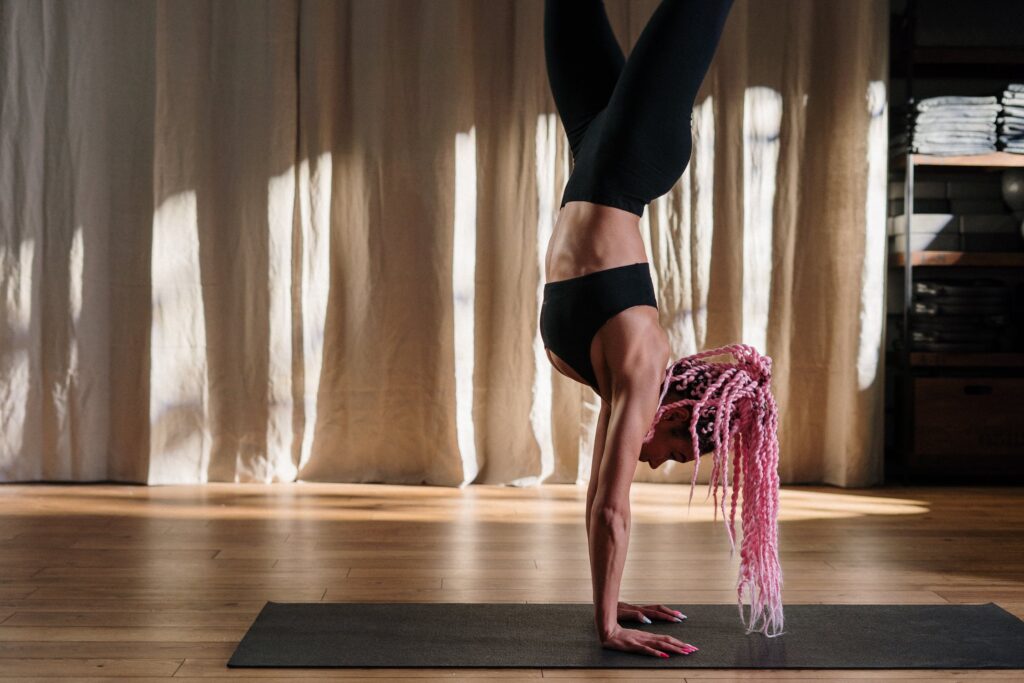
One of the really huge hurdles in the self-defense world, and one that isn’t always acknowledged, is that in certain situations, lives hang in the balance: yours and that of your attacker. This is true whether the bad guy is a stranger lurking in a dark corner of a parking garage or an acquaintance, friend, or even family member. Sometimes, the question is which person in an encounter dies or is negatively altered forever, not whether one will. While the ideal outcome is to be able to avoid or walk away from violence entirely, the other person gets a vote and can narrow our choices down to whether we die or suffer serious, nearly unimaginable harm, or if we are able and willing to visit that on them so that they will stop trying to hurt us.
It’s a hard thing to realize and come to terms with that. We know intellectually that guns and knives kill, and we know intellectually that dangerous people exist. However, there’s a video game, fantasyland quality to a lot of our training, and to a lot of our imagining of how a situation might look. The person on the other side often doesn’t have a real face, or they just fade away after the scenario is over. With firearms training, it can be especially difficult because targets are so often paper or cardboard. Even in force-on-force training where we might shoot someone with simulated ammunition or hit them with a blunted or foam knife, we know that the aggressor is simply a roleplayer who will reanimate for another run.
On the other side, we prepare to defend ourselves because we care about our personal safety. Some of us have had close brushes with danger or are already survivors of attacks, so we’ve already looked death in the eye and know that we could die. But for many of us, probably the majority of us, the idea of a violent death is purely theoretical – something we know is possible, but not something we’ve really thought through. More to the point, many of us haven’t yet struggled with the idea of fighting for our lives, with all of the immediacy and potential finality that involves. As a result, some self defense training can feel like fantasy camp sometimes – fun, but not specifically applicable to our everyday lives. It can make it challenging to appreciate the seriousness of selecting who we allow to teach us and the dedication we need to devote to our skill development and gear selection. There may be little room for error if your goal is to survive and to ensure that you don’t screw up and kill someone who shouldn’t be killed.
There are, of course, very real consequences when we’re working to defend ourselves against an actual attacker who wants to hurt us or who isn’t concerned with whether we live or die so long as they get what they want. The tools we use to do so can cause a lot of harm themselves. They can kill. That’s the point, of course, so that they can be effective enough to stop a determined person no matter how how big or strong or powerful or hyped up they may be, chemically or otherwise. They may be impossible to deter without making them physically unable to hurt you more, and that can often mean lethal injuries are necessary in order to force them to give up. After all, you may not be able to flee and they may not feel or care about pain or other temporary consequences, so you may end up needing what we’d call a physiological stop to end the confrontation. Physiological stops are very often fatal or near-fatal, and that’s a heavy responsibility to carry around – one that’s not for everyone. And that’s okay, as long as it’s an informed decision.
Often, the bad guys are strangers, but they can also be loved, or at least liked or familiar, ones. That adds another layer of complexity to our determination to protect ourselves. It’s somewhat simpler to accept the cost of a stranger’s life if necessary to save your own. When it’s someone you know, and when it’s someone whose family you know you’ll have to face afterward, it’s perfectly natural for you to hesitate. It’s common to believe that no matter what, you can’t put an end to that life even if that person is doing something horrible to you, even if the alternative is that you die. There are only two choices then: decide that you understand that and make peace with the risk you are taking, knowing that one day you will choose another’s life over yours; or decide that you have a line in the sand that if crossed, your life matters more than that person’s life. Either way, figuring that out before the violent encounter will make the outcome one that you will not regret in your last moments, whether those moments are then or later.
This being On Her Own, I’d like to think you will choose you, no matter who or what threatens you. But you might not, or you might not yet. More than anything else, I want you to make that choice intentionally, fully knowing and understanding the consequences. If you decide that lethal forms of self-defense aren’t acceptable to you, there are costs – the time and effort you will have to put into other forms of self-defense, the risk of death or horrible physical or emotional injury if an attacker will not be stopped any other way. If you decide that lethal forms of self-defense are acceptable to you, there are costs there too – the cost of knowing that you may be responsible for someone’s death, perhaps someone who didn’t deserve to die after all, the cost of living with that if the worst comes to pass. Figuring all this out with complete honesty with yourself? That’s all part of the journey.





